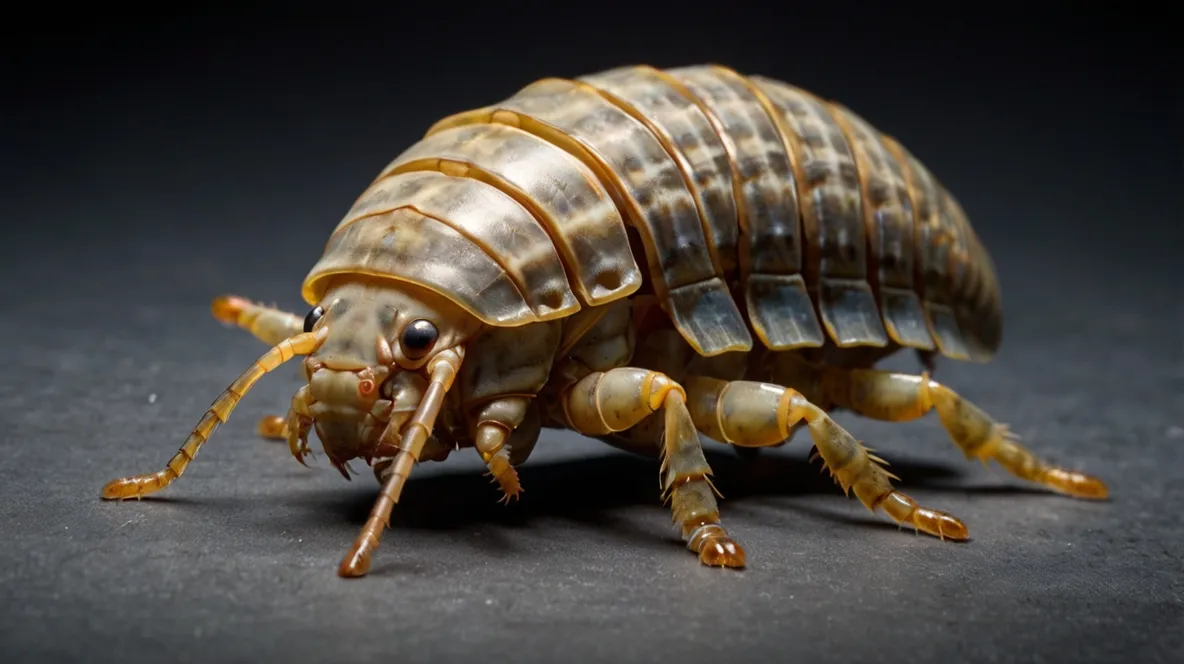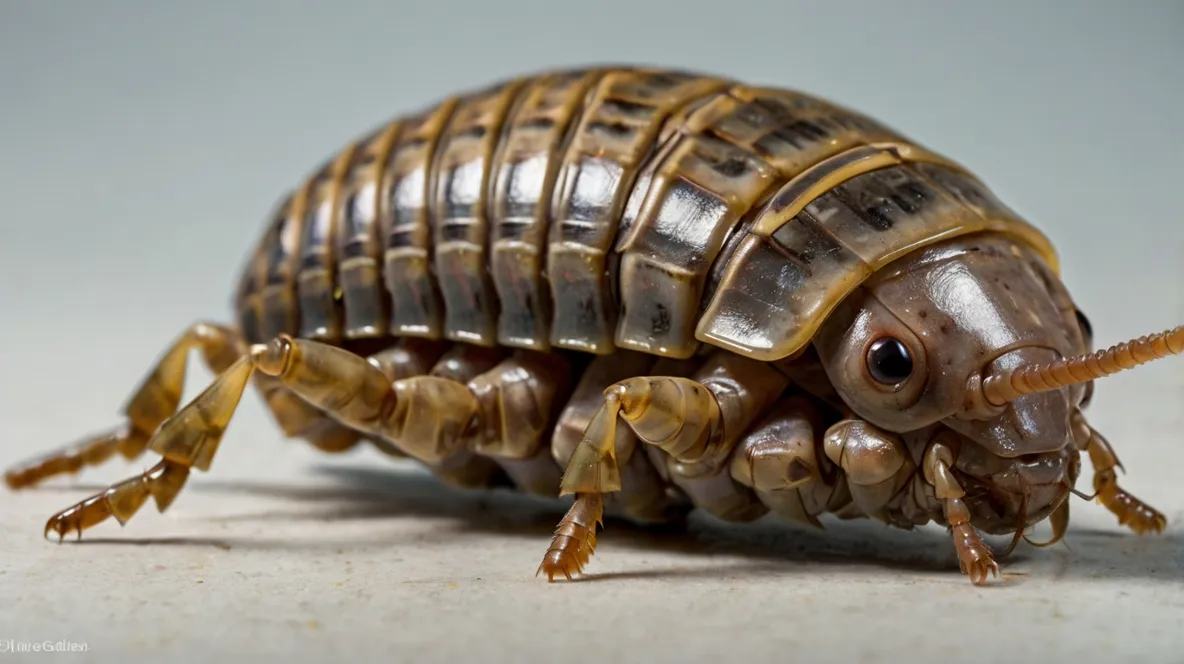Isopod Observation & Gentle Interaction Guide
Observing and Interacting With Your Isopods
Isopods, often affectionately called “roly-polies,” “pill bugs,” or “woodlice,” are fascinating terrestrial crustaceans popular as bioactive custodians and low-maintenance pets. Interaction with isopods is primarily observational, focusing on appreciating their colony dynamics and role in their environment. While direct handling isn’t typical, gentle interaction is possible and sometimes necessary for care.

Understanding Isopod Behavior
Knowing their habits enhances the keeping experience.
- Detritivores: They primarily feed on decaying wood, leaf litter, and other organic matter. Many also appreciate supplemental foods like fish flakes or specialized isopod diets.
- Moisture Dependent: Isopods breathe through gill-like structures and require humidity to survive. They often congregate in moist areas.
- Thigmotactic: They tend to prefer contact with surfaces and often hide under bark, leaves, or other decor items.
- Defensive Curling (Conglobation): Many species (like *Armadillidium*) curl into a tight ball when disturbed as a defense mechanism.
- Nocturnal/Crepuscular Tendencies: While some may be active during the day, many are more active during lower light conditions.
Appreciating Isopods Through Observation
Most enjoyment comes from watching the colony’s activities.
- Colony Dynamics: Observe isopods of different sizes (adults and mancae/juveniles) interacting, foraging, and exploring.
- Foraging Behavior: Watch them consume leaf litter, wood, and supplemental foods. Seeing them swarm a piece of food can be quite interesting.
- Bioactive Role: If kept in a bioactive terrarium, appreciate their role in breaking down waste and aerating the substrate alongside springtails.
- Species Variety: Different species exhibit unique colors, patterns, and sizes (e.g., Dairy Cows, Rubber Duckies, Zebras). Enjoy their visual diversity.
- Habitat Interaction: See how they utilize hiding spots, climb on cork bark, and interact with the substrate.
Gentle Interaction and Handling
Handling should be minimal and careful, mainly for observation or maintenance.

- Clean Hands: Ensure hands are free from chemicals, soaps, or lotions before handling.
- Gentle Scooping: If you need to pick one up, gently scoop it from underneath or coax it onto your finger or a piece of bark/leaf. Avoid pinching or grabbing.
- Observing Up Close: You can let an isopod crawl on your hand for brief close-up observation. Keep your hand steady and low over their enclosure or a container.
- Avoid Dropping: They are small and can be injured if dropped from a height.
- Handling for Sorting/Moving: When separating species or moving them to a new enclosure, gently tip them or use a soft brush to guide them into a container.
- Minimize Stress: Keep handling brief. Excessive handling can stress them.
Interaction Through Care
Regular care provides opportunities for observation.
- Feeding: Place supplemental foods in the enclosure and watch them gather.
- Misting: Maintain appropriate humidity levels by misting one side of the enclosure (creating a moisture gradient).
- Adding Leaf Litter/Wood: Replenish their primary food sources and observe how they explore the new additions.
- Enclosure Checks: Regularly check on the colony’s health and activity levels during routine maintenance.
Fascinating Miniatures: Isopods are wonderful, low-maintenance pets best enjoyed through observation of their colony life. Gentle, brief handling can allow for closer appreciation, but always prioritize the well-being and safety of these tiny crustaceans.